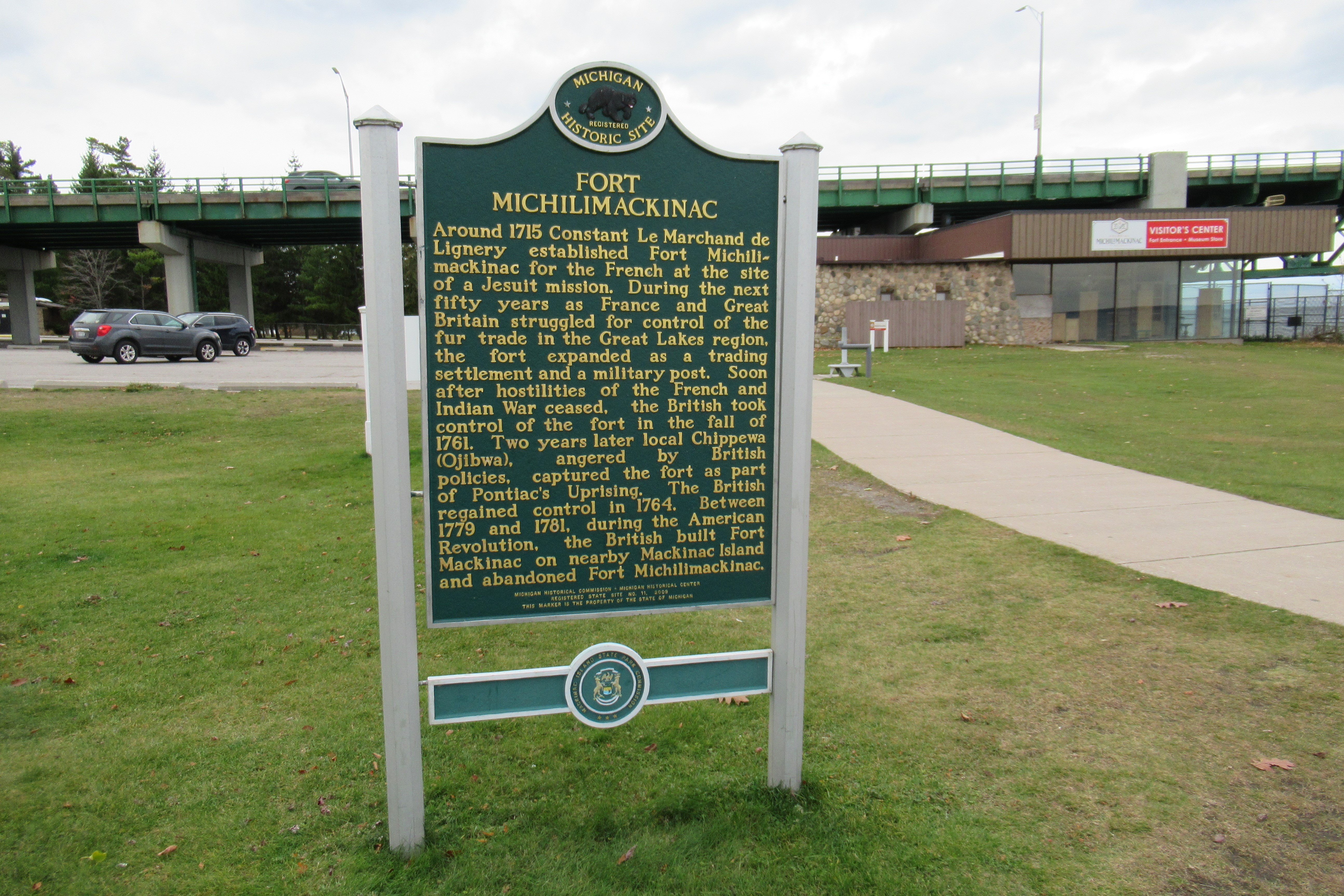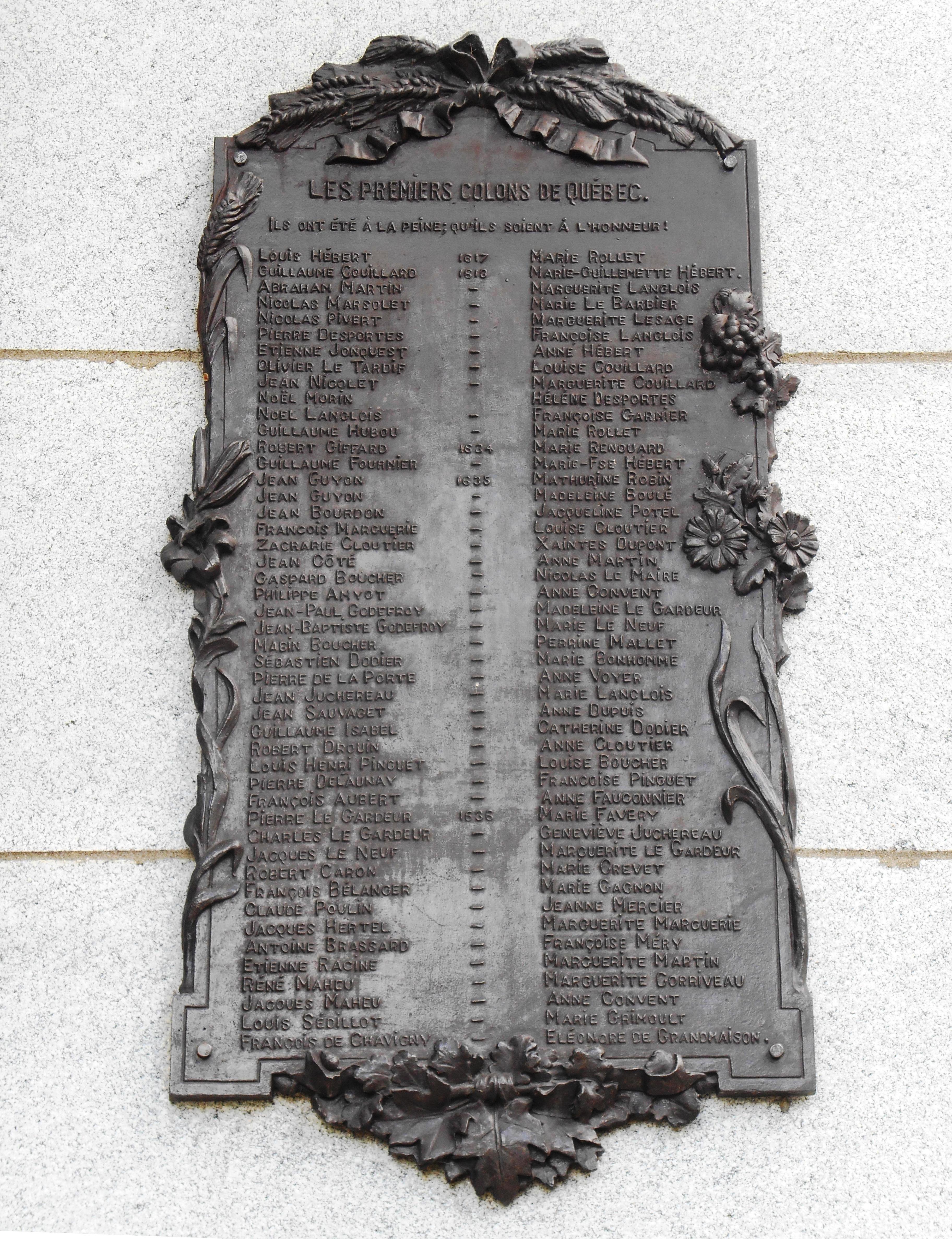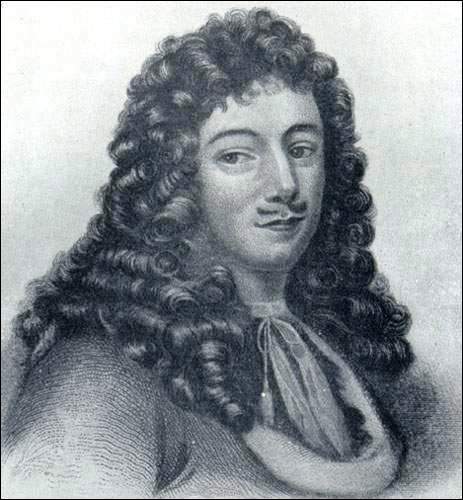|
Michigan Territory
The Territory of Michigan was an organized incorporated territory of the United States that existed from June 30, 1805, until January 26, 1837, when the final extent of the territory was admitted to the Union as the State of Michigan. Detroit was the territorial capital. History and government The earliest European explorers of Michigan saw it mostly as a place to control the fur trade. Small military forces, Jesuit missions to Native American tribes, and isolated settlements of trappers and traders accounted for most of the non-native inhabitants of what would become Michigan. Early government in Michigan After the arrival of Europeans, the area that became the Michigan Territory was first under French and then British control. The first Jesuit mission, in 1668 at Sault Saint Marie, led to the establishment of further outposts at St. Ignace (where a mission began work in 1671) and Detroit, first occupied in 1701 by the garrison of the former Fort de Buade under the leade ... [...More Info...] [...Related Items...] OR: [Wikipedia] [Google] [Baidu] |
Organized Incorporated Territories Of The United States
The territory of the United States and its overseas possessions has territorial evolution of the United States, evolved over time, from the colonial United States, colonial era to the present day. It includes formally organized territories, proposed and failed states, unrecognized breakaway states, international and interstate purchases, cessions, and land grants, and historical military departments and administrative districts. The last section lists informal regions from American vernacular geography known by popular nicknames and linked by geographical, cultural, or economic similarities, some of which are still in use today. For a more complete list of regions and subdivisions of the United States used in modern times, see List of regions of the United States. Colonial era (before 1776) Thirteen Colonies * Connecticut Colony * Delaware Colony * Province of Georgia * Province of Maryland * Province of Massachusetts Bay * Province of New Hampshire * Province of New J ... [...More Info...] [...Related Items...] OR: [Wikipedia] [Google] [Baidu] |
Antoine De La Mothe Cadillac
Antoine de la Mothe, sieur de Cadillac (, ; March 5, 1658October 16, 1730), born Antoine Laumet, was a French explorer and adventurer in New France, which stretched from Eastern Canada to Louisiana on the Gulf of Mexico. He rose from a modest beginning in Acadia in 1683 as an explorer, trapper, and a trader of alcohol and furs, achieving various positions of political importance in the colony. He was the commander of Fort de Buade in St. Ignace, Michigan, in 1694. In 1701, he founded Fort Pontchartrain du Détroit (which became the city of Detroit); he was commandant of the fort until 1710. Between 1710 and 1716, he was the governor of Louisiana, although he did not arrive in that territory until 1713.Brasseaux, 2000 His knowledge of the coasts of New England and the Great Lakes area was appreciated by Frontenac, governor of New France, and Pontchartrain, Secretary of State for the Navy. This earned him various favors, including the Order of Saint Louis from King Louis XIV. ... [...More Info...] [...Related Items...] OR: [Wikipedia] [Google] [Baidu] |
American Revolutionary War
The American Revolutionary War (April 19, 1775 – September 3, 1783), also known as the Revolutionary War or American War of Independence, was the armed conflict that comprised the final eight years of the broader American Revolution, in which American Patriot (American Revolution), Patriot forces organized as the Continental Army and commanded by George Washington defeated the British Army during the American Revolutionary War, British Army. The conflict was fought in North America, the Caribbean, and the Atlantic Ocean. The war's outcome seemed uncertain for most of the war. However, Washington and the Continental Army's decisive victory in the Siege of Yorktown in 1781 led King George III and the Kingdom of Great Britain to negotiate an end to the war in the Treaty of Paris (1783), Treaty of Paris two years later, in 1783, in which the British monarchy acknowledged the independence of the Thirteen Colonies, leading to the establishment of the United States as an independent and ... [...More Info...] [...Related Items...] OR: [Wikipedia] [Google] [Baidu] |
Quebec Act
The Quebec Act 1774 ( 14 Geo. 3. c. 83) () was an act of the Parliament of Great Britain which set procedures of governance in the Province of Quebec. One of the principal components of the act was the expansion of the province's territory to take over part of the Indian Reserve, including much of what is now southern Ontario, Illinois, Indiana, Michigan, Ohio, Wisconsin, and parts of Minnesota. The act removed the reference to the Protestant faith from the oath of allegiance, and guaranteed free practice of Catholicism and restored the Church's power to impose tithes. Additionally, it restored the use of the French civil law for matters of private law, except for the granting of unlimited freedom of testation in accordance with English common law; which was maintained for matters of public law, including administrative appeals, court procedure, and criminal prosecution. In Quebec, English-speaking immigrants from the Thirteen Colonies fiercely objected to a variety of its ... [...More Info...] [...Related Items...] OR: [Wikipedia] [Google] [Baidu] |
Province Of Quebec 1774
A province is an administrative division within a country or state. The term derives from the ancient Roman , which was the major territorial and administrative unit of the Roman Empire's territorial possessions outside Italy. The term ''province'' has since been adopted by many countries. In some countries with no actual provinces, "the provinces" is a metaphorical term meaning "outside the capital city". While some provinces were produced artificially by colonial powers, others were formed around local groups with their own ethnic identities. Many have their own powers independent of central or federal authority, especially in Canada and Pakistan. In other countries, like China or France, provinces are the creation of central government, with very little autonomy. Etymology The English word ''province'' is attested since about 1330 and derives from the 13th-century Old French , which itself comes from the Latin">-4; we might wonder whether there's a point at which it's ap ... [...More Info...] [...Related Items...] OR: [Wikipedia] [Google] [Baidu] |
Siege Of Fort Detroit
The siege of Fort Detroit was an ultimately unsuccessful attempt by Indigenous peoples of the Americas#North America, North American Natives to capture Fort Detroit during Pontiac's Rebellion. The siege was led primarily by Pontiac (Odawa leader), Pontiac, an Ottawa people, Ottawa chief and military leader. This rebellion would be one of the catalysts that hastened the declaration of the Royal Proclamation of 1763, Proclamation of 1763 which would eventually precipitate the events leading to the American Revolution. Background Fort Detroit had been captured by the British during the French and Indian War following the Fall of Montreal in 1760. It was on territory ceded by France to Kingdom of Great Britain, Great Britain in the Treaty of Paris (1763), Treaty of Paris in 1763 and was garrisoned by a British force during Pontiac's Rebellion. Originally allied with the British forces due to promises of blankets, gunpowder, and rum among other valuables, a large force of 700 Native ... [...More Info...] [...Related Items...] OR: [Wikipedia] [Google] [Baidu] |
Fort Michilimackinac
Fort Michilimackinac (/fóːt ˌmɪʃələˈmækənɔː/ FAWT MISH-ə-lə-MAK-ə-naw) was an 18th-century French, and later British, fort and trading post at the Straits of Mackinac; it was built on the northern tip of the lower peninsula of the present-day state of Michigan in the United States. Built around 1715, and abandoned in 1783, it was located along the straits that connect Lake Huron and Lake Michigan of the Great Lakes of North America. A reconstruction of the fort is preserved as the main feature of Colonial Michilimackinac Historic State Park. The present-day village of Mackinaw City developed around the site of the fort, which has been designated as a National Historic Landmark. It is preserved as an open-air historical museum, with several reconstructed wooden buildings and palisades, and is now part of the state park. History The primary purpose of the fort was as part of the French-Canadian trading post system, which stretched from the Atlantic Coast a ... [...More Info...] [...Related Items...] OR: [Wikipedia] [Google] [Baidu] |
Robert Rogers (soldier)
Lieutenant colonel (United Kingdom), Lieutenant-Colonel Robert Rogers (7 November 1731 – 18 May 1795) was a British Army officer and frontiersman. Born in Methuen, Massachusetts, he fought in King George's War, the French and Indian War and the American Revolutionary War. During the French and Indian War, Rogers raised and commanded Rogers' Rangers, a United States Army Rangers, ranger unit trained for carrying out asymmetric warfare. Early life Robert Rogers was born to Ulster Scots people, Ulster-Scots settlers, James and Mary McFatridge Rogers on 7 November 1731 in Methuen, Massachusetts, Methuen, a small town in northeastern Province of Massachusetts Bay, Massachusetts. At that time, the town was a staging point for Scotch-Irish American, Scots-Irish settlers bound for the wilderness of Province of New Hampshire, New Hampshire. In 1739 when Rogers was eight years old, his family relocated to the Great Meadow district of New Hampshire near present-day Concord, New Hampshir ... [...More Info...] [...Related Items...] OR: [Wikipedia] [Google] [Baidu] |
Quebec City
Quebec City is the capital city of the Provinces and territories of Canada, Canadian province of Quebec. As of July 2021, the city had a population of 549,459, and the Census Metropolitan Area (including surrounding communities) had a population of 839,311. It is the twelfthList of the largest municipalities in Canada by population, -largest city and the seventh-List of census metropolitan areas and agglomerations in Canada, largest metropolitan area in Canada. It is also the List of towns in Quebec, second-largest city in the province, after Montreal. It has a humid continental climate with warm summers coupled with cold and snowy winters. Explorer Samuel de Champlain founded a French settlement here in 1608, and adopted the Algonquin name. Quebec City is one of the List of North American cities by year of foundation, oldest European settlements in North America. The Ramparts of Quebec City, ramparts surrounding Old Quebec () are the only fortified city walls remaining in the ... [...More Info...] [...Related Items...] OR: [Wikipedia] [Google] [Baidu] |
Michilimackinac
Michilimackinac ( ) is derived from an Ottawa Ojibwe name for present-day Mackinac Island and the region around the Straits of Mackinac between Lake Huron and Lake Michigan.. Early settlers of North America applied the term to the entire region along Lakes Huron, Michigan, and Superior. Today it is considered to be mostly within the boundaries of Michigan, in the United States. Michilimackinac was the original name for present day Mackinac Island and Mackinac County. History Woodland period (1000 BCE–1650 CE) Pottery first appears during Woodland period in the style of the Laurel complex. The people of the area engaged in long-distance trade, likely as part of the Hopewell tradition. Anishinaabe and the French (1612–1763) The Straits of Mackinac linking Lakes Michigan and Huron was a strategic area controlling movement between the two lakes and much of the pays d'en haut. It was controlled by Algonquian Anishinaabe nations including the Ojibwa (called Chippewa ... [...More Info...] [...Related Items...] OR: [Wikipedia] [Google] [Baidu] |
Great Lakes
The Great Lakes, also called the Great Lakes of North America, are a series of large interconnected freshwater lakes spanning the Canada–United States border. The five lakes are Lake Superior, Superior, Lake Michigan, Michigan, Lake Huron, Huron, Lake Erie, Erie, and Lake Ontario, Ontario (though hydrologically, Lake Michigan–Huron, Michigan and Huron are a single body of water, joined at the Straits of Mackinac). The Great Lakes Waterway enables modern travel and shipping by water among the lakes. The lakes connect to the Atlantic Ocean via the Saint Lawrence River, and to the Mississippi River basin through the Illinois Waterway. The Great Lakes are the largest group of freshwater lakes on Earth by total area and the second-largest by total volume. They contain 21% of the world's surface fresh water by volume. The total surface is , and the total volume (measured at the low water datum) is , slightly less than the volume of Lake Baikal (, 22–23% of the world's surface f ... [...More Info...] [...Related Items...] OR: [Wikipedia] [Google] [Baidu] |
New France
New France (, ) was the territory colonized by Kingdom of France, France in North America, beginning with the exploration of the Gulf of Saint Lawrence by Jacques Cartier in 1534 and ending with the cession of New France to Kingdom of Great Britain, Great Britain and History of Spain (1700–1808), Spain in 1763 under the Treaty of Paris (1763), Treaty of Paris. A vast viceroyalty, New France consisted of five colonies at its peak in 1712, each with its own administration: Canada (New France), Canada, the most developed colony, which was divided into the districts of Quebec (around what is now called Quebec City), Trois-Rivières, and Montreal; Hudson Bay; Acadia in the northeast; Terre-Neuve (New France), Terre-Neuve on the island of Newfoundland (island), Newfoundland; and Louisiana (New France), Louisiana. It extended from Newfoundland to the Canadian Prairies and from Hudson Bay to the Gulf of Mexico, including all the Great Lakes of North America. The continent-traversing ... [...More Info...] [...Related Items...] OR: [Wikipedia] [Google] [Baidu] |










